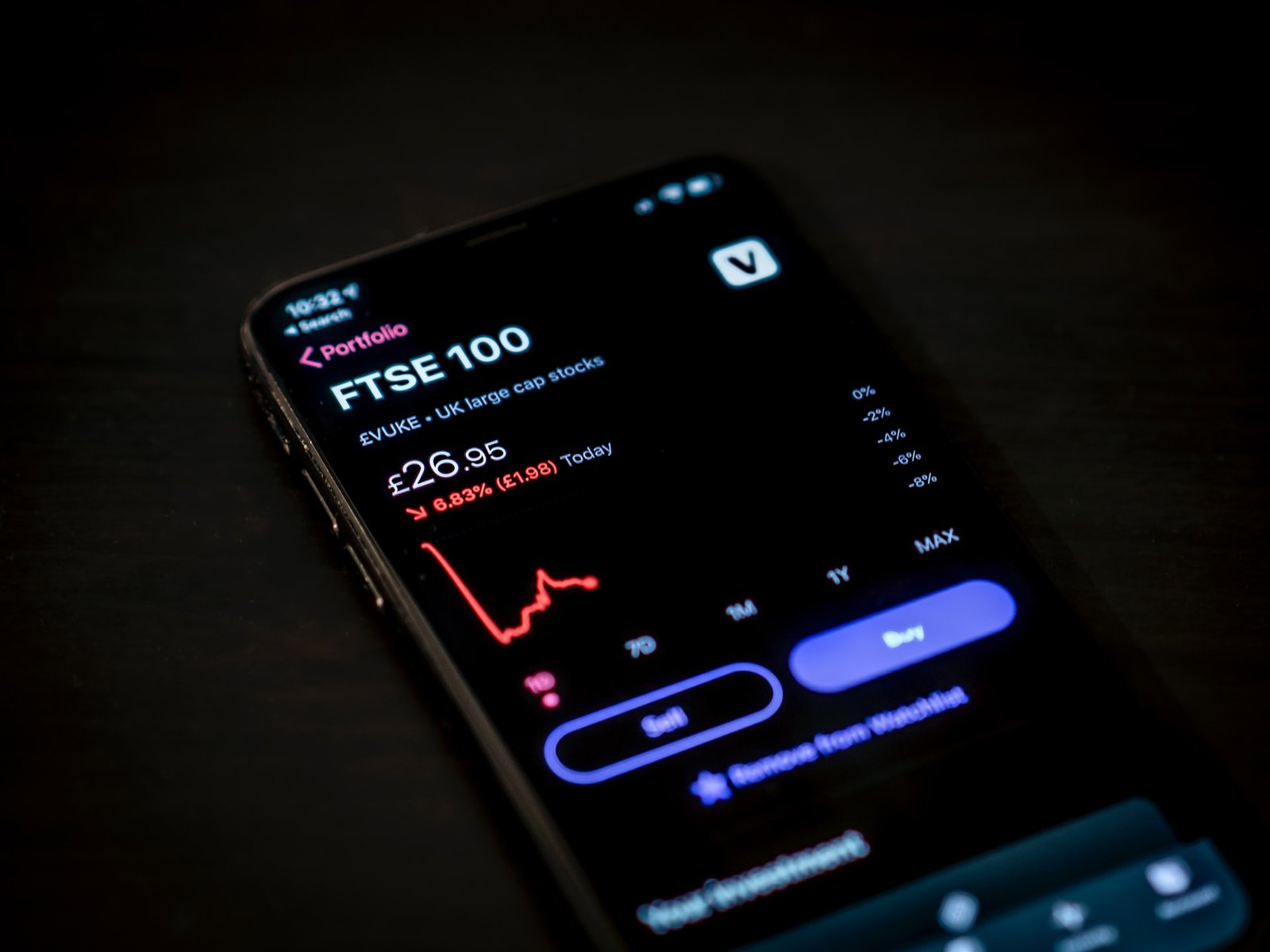Coronavirus turns Chile’s middle classes into new poor
by Paulina Abramovich y Pablo Cozzaglio
During more than three decades of boom in Chile, the middle classes reaped the rewards, but just three months of the coronavirus pandemic has already reduced many to poverty.
When a protest movement took to the streets against inequality in October, it was largely led by the middle classes.
The protests dragged on for months, affecting many small businesses — and just as those were starting to recover, the coronavirus struck in mid-March.
With high levels of debt, facilitated by easy access to credit, and a lack of state support, a significant number of the middle class have been left in a vulnerable situation by the virus crisis.
“The richest 10 percent is the only sector relatively bulletproof in Chile,” said Dante Contreras, assistant manager at the Center for Social Conflict and Cohesion Studies (COES).
Contreras is also a professor at the University of Chile, which has calculated that poverty has risen from nine to 15 percent.
There’s an emergency family fund that was created to help people cope with the health crisis, but it only covers households bringing in less than 400,000 pesos ($490) a month.
That accounts for only 34 percent of Chilean households, meaning the entire middle class — which makes up almost half of Chile’s 18 million people — gets nothing.
“What you see in Chile is a high degree of fluctuation in household income. Families that leave poverty and families that return to poverty. And that is a snapshot of the high level of fragility that makes it difficult for them to take long term decisions,” said Contrerasa. (AFP)



